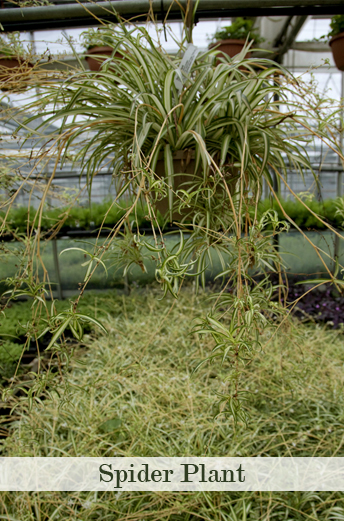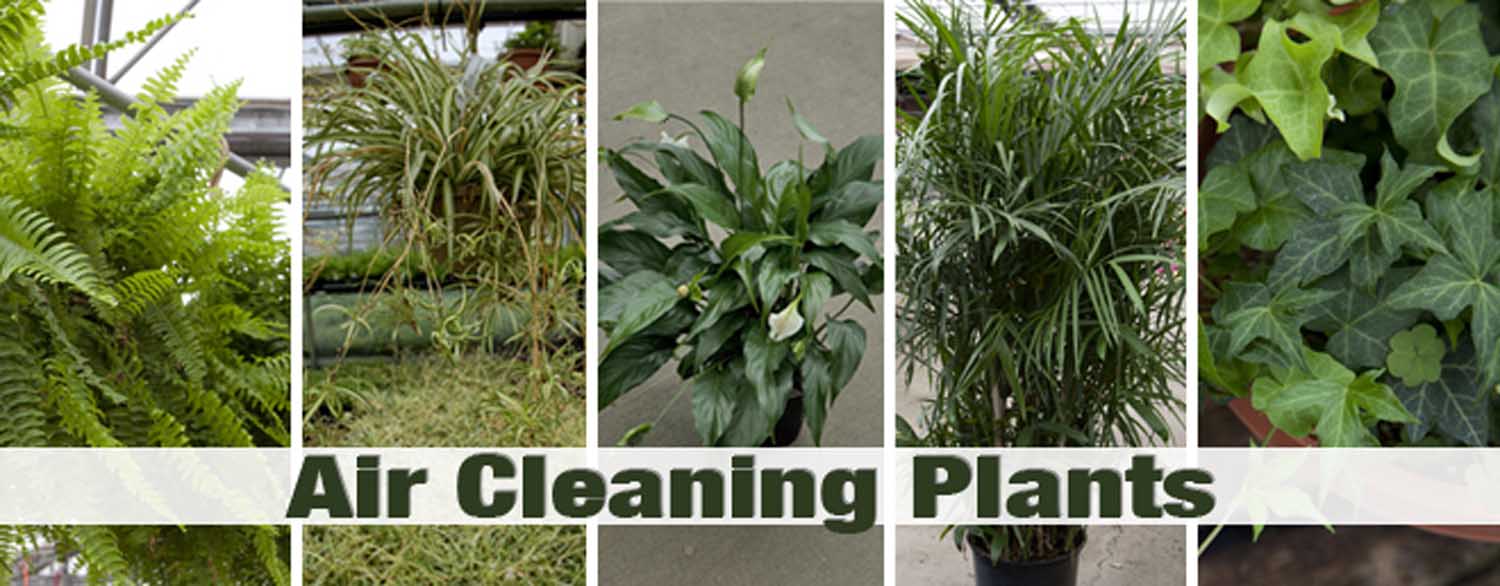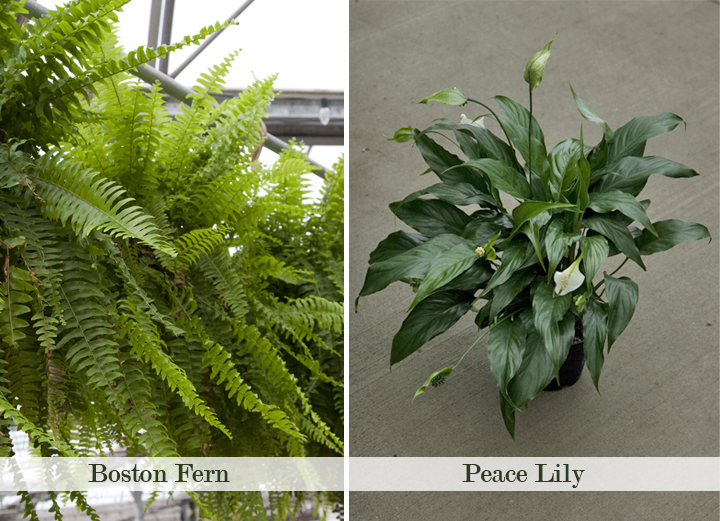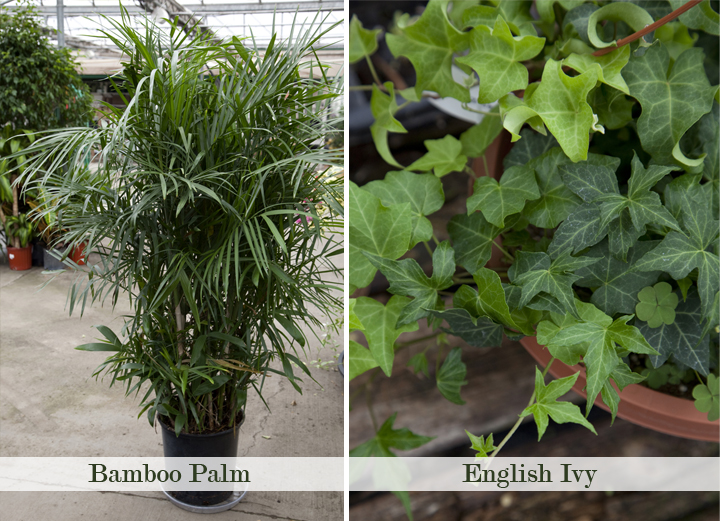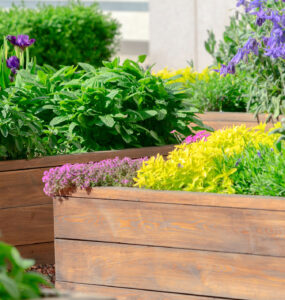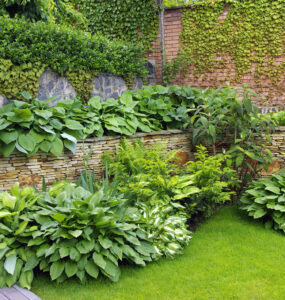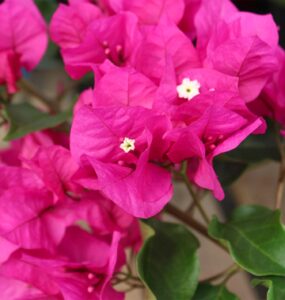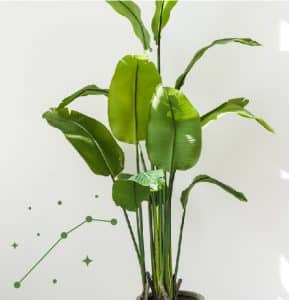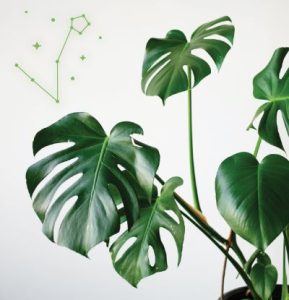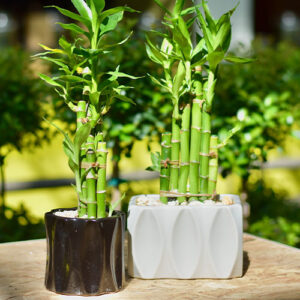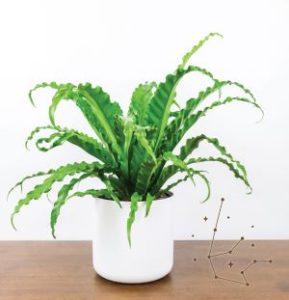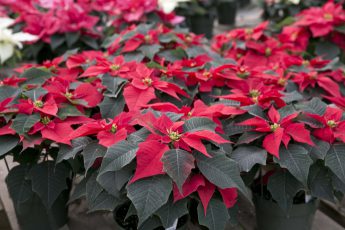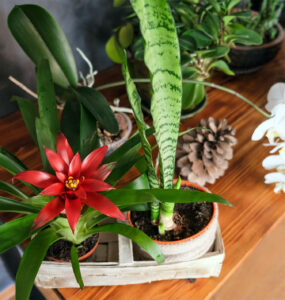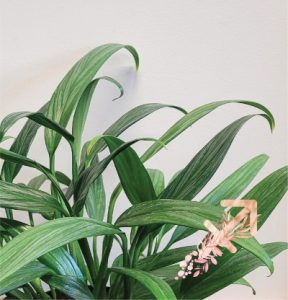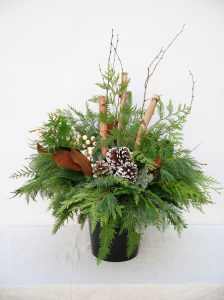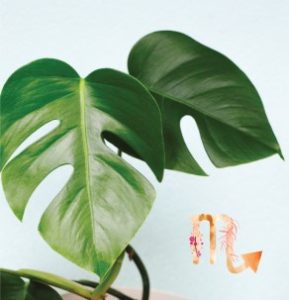Air Cleaning Plants
by Rob Sproule
Did you ever dream about being an astronaut? Imagine, if you will, that it’s many years in the future, and you’re an astronaut living in a space-bubble on a distant planet. It sounds exciting, but it doesn’t take long for reality to rear its ugly head.
NASA would have built your bubble with the latest light-eight plastics and carbon-fibers. Here we encounter the problem that NASA has grappled with for 33 years. Synthetic materials release nasty toxins like benzene, formaldehyde, and trichloroethylene, which will make you seriously ill, and very quickly, in your air-tight environment.
Confronting this major challenge to space exploration, NASA conducted a major study in 1984 to see if ordinary houseplants can remove toxins from household air. The results were astonishing.
Several years later, NASA constructed a structural “Biohome” to simulate a manmade space-bubble. Built entirely of synthetic materials, at first it was so flooded with toxins that visitors quickly complained of sore eyes and breathing problems. NASA added 15 air cleaning houseplants and within days the toxins cleared enough that visitors no longer showed symptoms of exposure.
Toxins in the Home
Air-borne toxins aren’t just NASA’s problem. Alarmingly, the materials we live with everyday infuse our household air with a cocktail of toxins. Ubiquitous nasty materials like formaldehyde are found in pressed wood, paint, carpets, and drapes to name just a few. New homes are particularity affected as toxins tend to emit less gas over time.
Plants breath, or transpire, just like we do. In doing so, they pull toxins down to their root systems, where certain species of plants host symbiotic microbes. Amazingly, these micro-organisms feed on the toxins like fertilizer, and in doing so help enhance the plant’s overall health. It’s hard to believe, but formaldehyde makes our Boston Ferns healthy even as it makes us sick.
Best Plants to Remove Airborne Toxins
When it comes to cleaning air, some houseplants tower over the rest. Luckily, the best toxin removing plants are easily available, popular varieties.
NASA recommends two average size air-cleaning plants per 100 square feet of home, and more if you’re doing renovations involving particle board or paint. Here are a few of their top toxin removers:
Boston Fern: The oldest houseplant in the world is also one of the most efficient toxin and mold filters. Ferns’ high transpiration rate makes them virtuosos at devouring formaldehyde as they increase relative humidity around them . Boston ferns have been popular since the Victorian era and thrive in moderately lit rooms.
Peace Lily: This low-light plant gobbles up the carcinogen benzene as it off-gasses from fabrics and paint, so it’s a good one to have around during renovations. Put one near your entertainment center so it can suck up the acetone that electronics emit. Peace lilies need to be kept moist and produce white flowers throughout the year.
Bamboo Palm: Also called ‘Reed’ palm, this thin, stately plant is a popular space-saver for narrow spaces and corners. It’s also the world’s best benzene and trichloroethylene filter. Bamboo palm near your new stuffed sofa to clean up the toxins leeching from it.
English Ivy: One of the easiest vines to grow is a boon for allergy sufferers. Levels of airborne mold are reduced by as much as 60% within hours of introducing English Ivy. It’s also effective for removing airborne feces (yes, you read that right). Ironically, the plant is toxic so keep it out of childrens’ reach.
Spider Plant: The soft spoken spider plant is very hard to kill, requires minimal light, and chows down on formaldehyde and benzene. It’s one of the few plants to tackle deadly carbon monoxide, which is an odourless killer that accumulates over time. Set your spider plant next to the fireplace or in the kitchen, places were CO tends to build up. It’s a must have for homes with clunky old furnaces.
